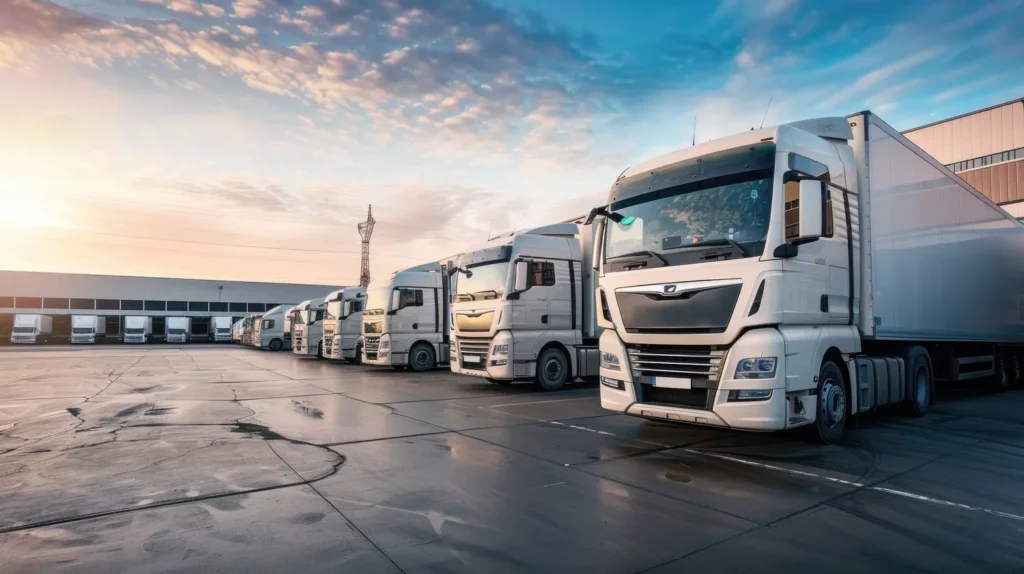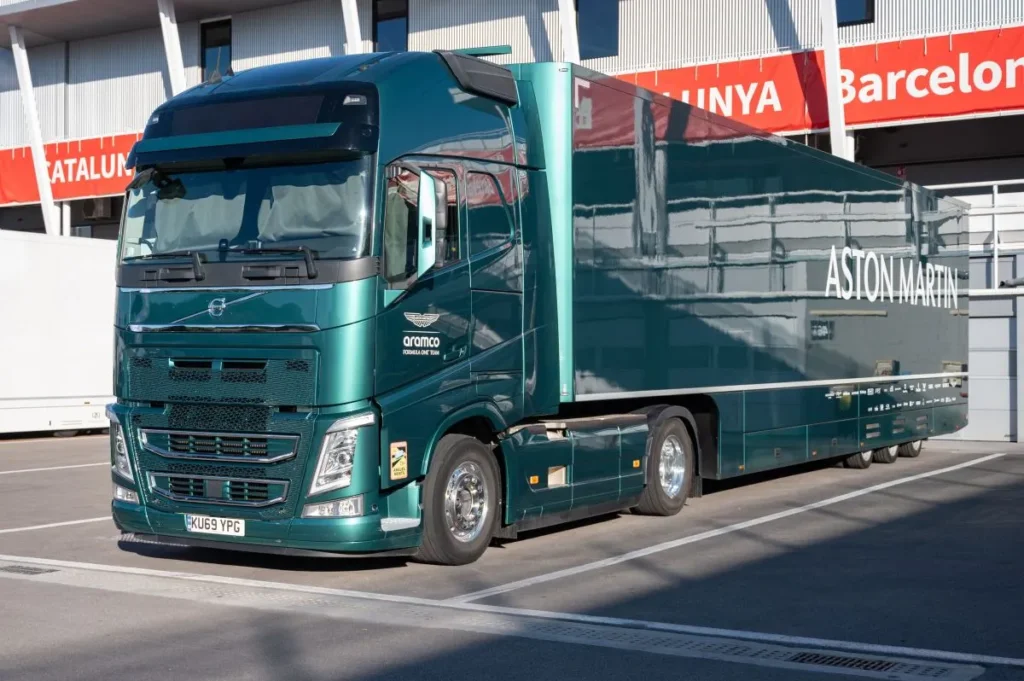Failure to do so can result in fines, as the German road policing authority has confirmed.
Not long before the new rules became applicable, the Dutch road transport association, TLN, called for more flexibility with the rules. It warned that the rules could lead to chaotic scenes at rest stops near borders, or even see lorry drivers take to the hard shoulder in order to register crossings. Therefore, it recommended a change in the law to allow drivers to record the border crossing at the first planned stop.
As it turns out, the European Commission believes the rules as they are currently written do allow a degree of flexibility.
Here are the key points stated by the Commission in its latest Mobility Package Q&A:
Don’t use the hard shoulder
It won’t come as a surprise that using the hard shoulder is considered a no-no by the Commission:
“The hard shoulder or emergency lane of a road should not be considered a “possible stopping place” for the sole purpose of complying with this provision, as this would most likely be in breach of road safety requirements, such as national traffic rules.”
Lorry drivers can continue journey if a parking area is full
The Commission also advises that lorry drivers may avoid crowded parking areas near border crossings and make their registration at the next safe stopping point:
“Having crossed a border, a driver sees that the deceleration lane to the first parking area is blocked and/or the parking is already at full capacity. In this situation, the driver has two options: either adding to the congestion of the deceleration lane, or continuing his/her route. Where the first option endangers road safety (notably for vehicles behind), such congested parking area should not be considered a “possible stopping place” within the meaning of Regulation (EU) No 165/2014. The driver should choose the second option and continue his/her route until the next possible stopping place. Consequently, the same parking area may be “the nearest possible stopping place” for one driver, but not for another one who passes by it at another time or date.“
Authorities must take into account road safety concerns when policing the rules
“Enforcement authorities, who will ultimately enforce this provision on the ground, are expected to apply point (f) of Article 34(6) and the second sub-paragraph of Article 34(7) of Regulation (EU) No 165/2014 taking into account road safety concerns and the flexibility that the concept of “nearest possible stopping place” entails. Therefore, when checking compliance with the obligation to record border crossings on the tachograph, they must take into account all traffic circumstances and road safety constraints.”
Photo: Timon91 / Flickr / CC BY-NC 2.0









